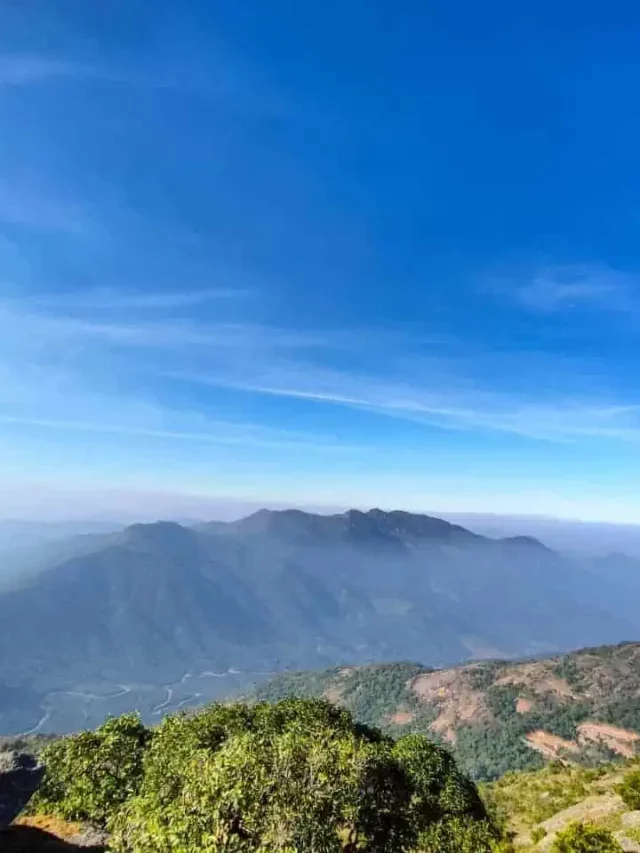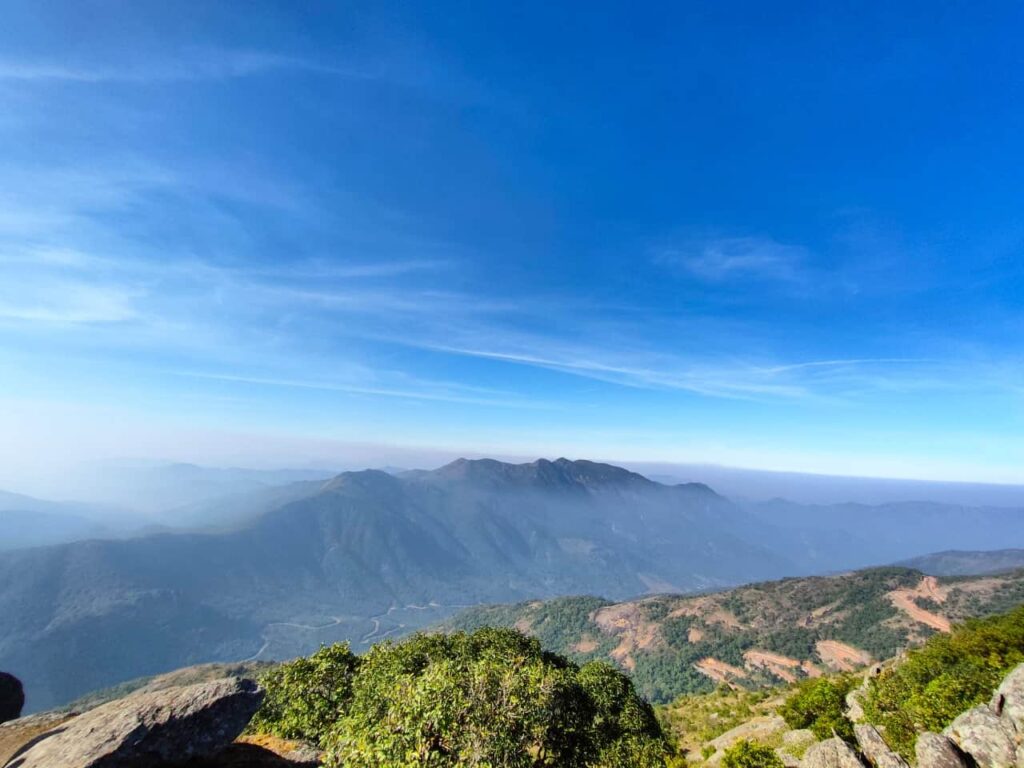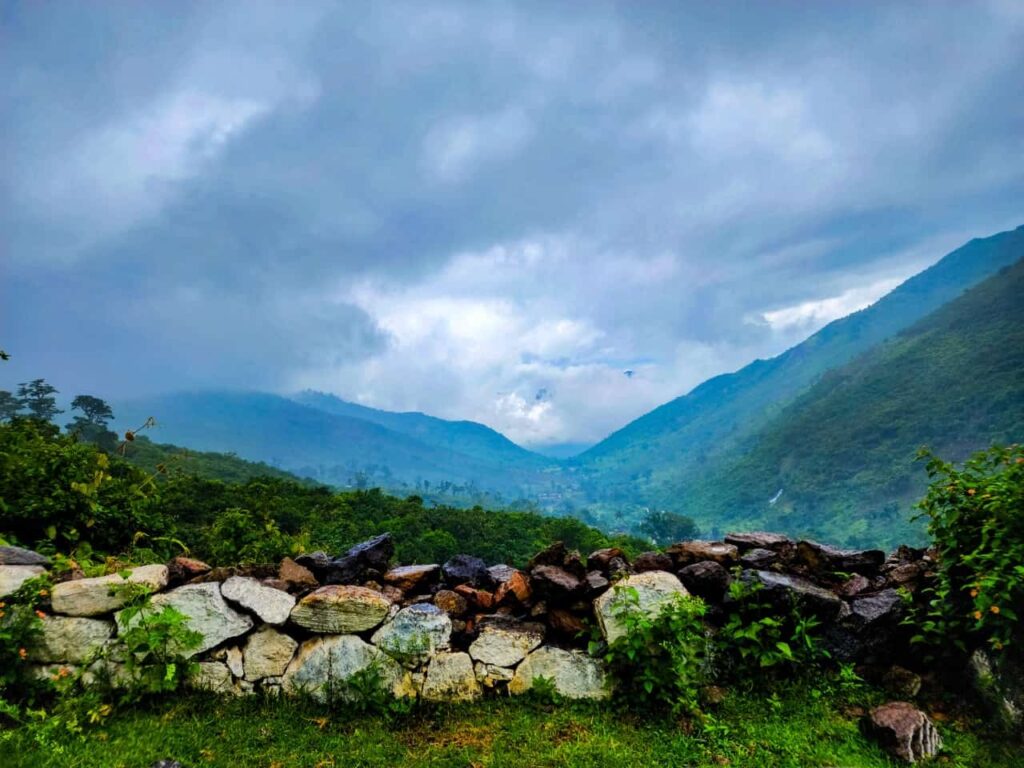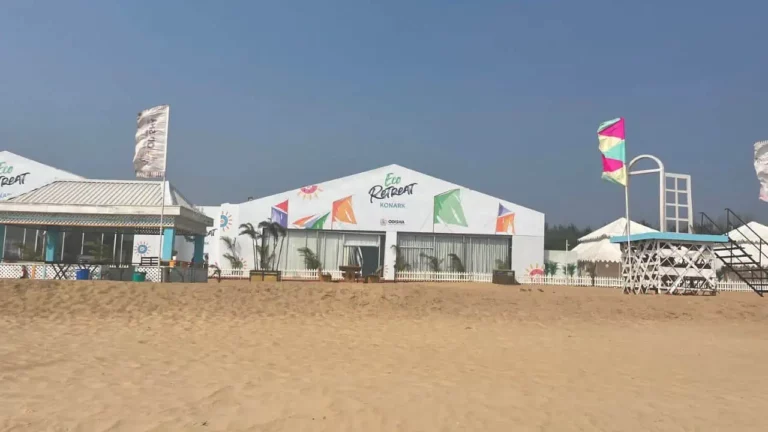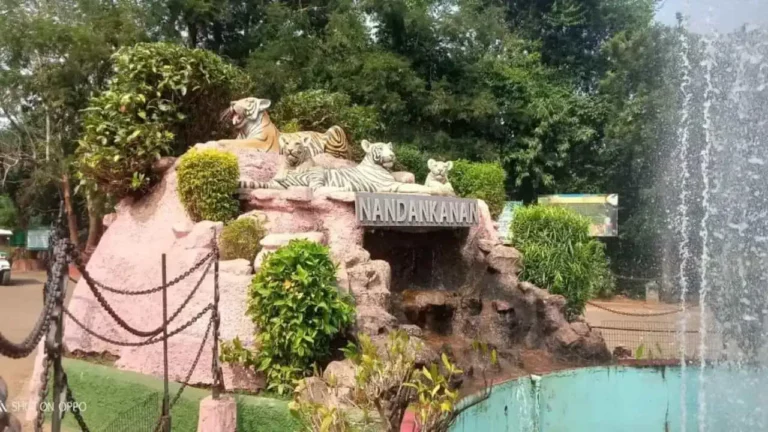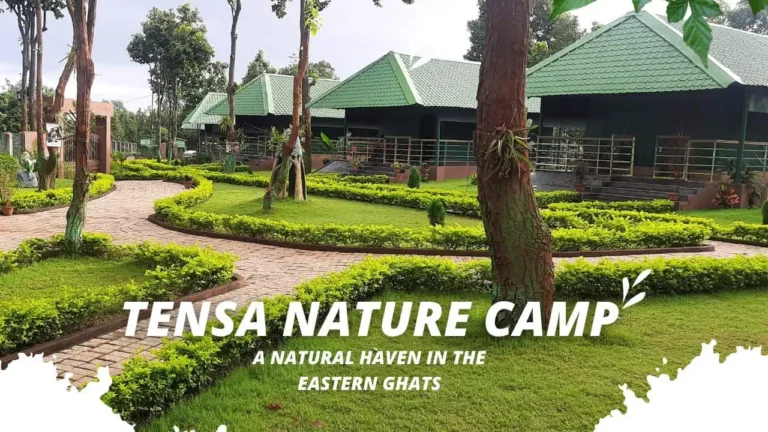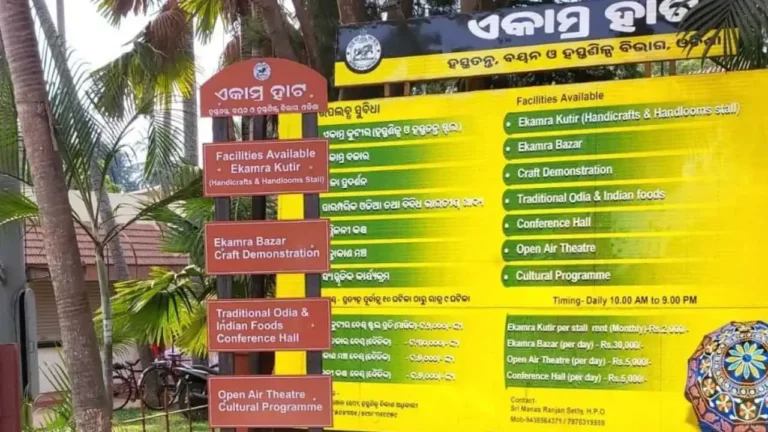Mahendragiri Hills – Second Highest Peak Of Odisha, Location, Distance, Photos, Best time to visit
Situated 97 kilometres away from Berhampur, the Mahendragiri Hills, also known as the Mahendragiri Mountain is the second-highest peak in Odisha. Let’s explore Mahendragiri Hills, check the distance, location, photos, and the best time to visit.
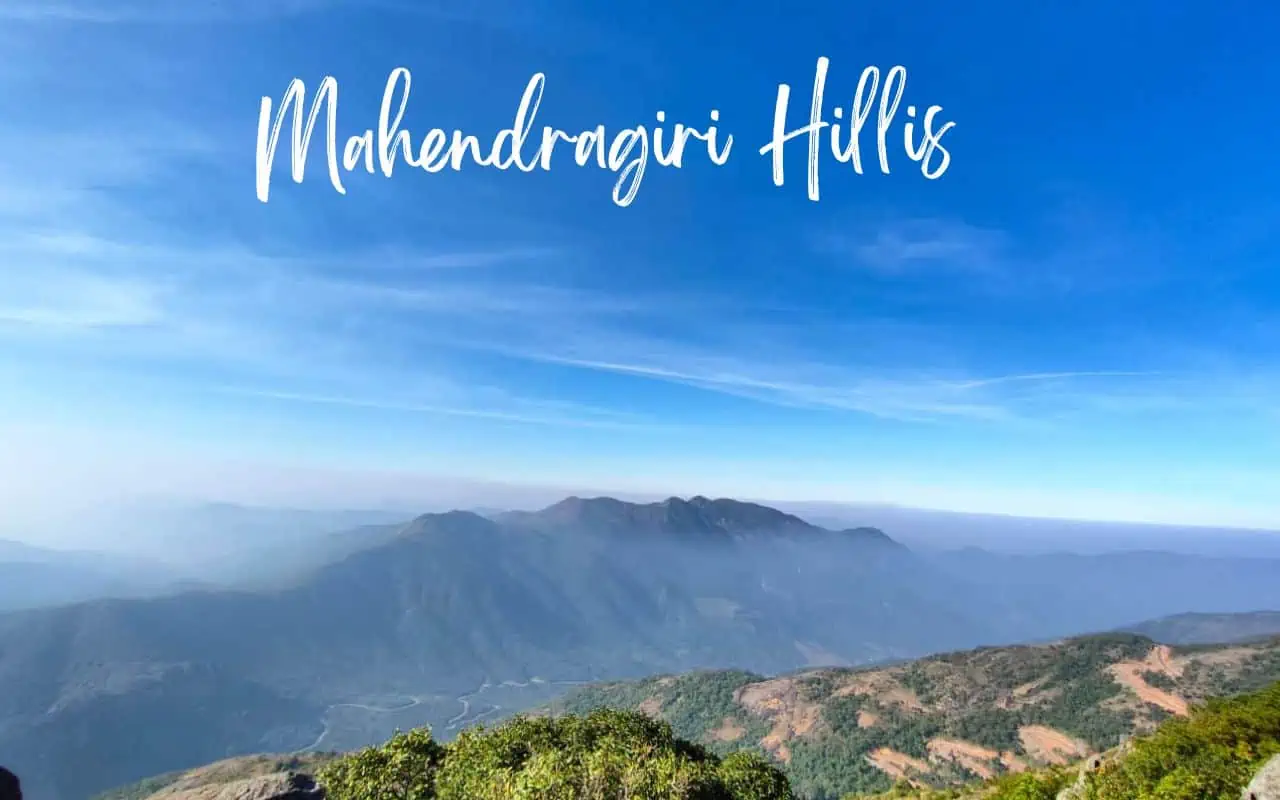
The highest peak, Singharaj, stands at a towering 4976 feet, with the second highest peak, Mahendragiri, measuring 4923 feet, and the third highest peak, Devagiri, measuring 4534 feet.
Mahendragiri Hill is the 2nd highest peak after Deomali hills in Koraput District.
These mountains are situated in the middle of the Eastern Ghats and are located 51 kilometres southwest of Brahmapur and 26 kilometres from the sea. They can be accessed from Tumba on the Brahmapur side, Burkhat on the Parlakhemundi side, and Jangalapadu on the Srikakulam side.
The Mahendragiri Mountains hold great importance from a variety of perspectives, including mythology, religion, history, archaeology, ethnicity, ecology, and tourism. They are a popular destination for spiritual practices and pilgrimage and are known for their natural beauty, rich biodiversity, and cultural and historical significance.
Mahendragiri Hill and Ramayana Connection
Mahendragiri Hill is associated with the Ramayana as Mahendra Parvata (mountain) and is one of the ‘Kula Parvatas’ alongside Malaya, Sahyadri, Parijatra, Shuktiman, Vindhya, and Malyavaan. Historians say that Lord Parashurama, the sixth avatar of Vishnu in Hinduism and one of the Chiranjeevis (long-lived), resides eternally and performs tapas there.
It is also said that Lord Rama broke the sacred bow of Shiva while Parashurama was meditating on Mahendragiri. The hill and its surrounding areas are home to numerous medicinal plants and other species, making it a recognized biodiversity hotspot.
Additionally, it is known for its huge faunal diversity and being a herpetofauna hotspot. Temples, which are said to have been built by the Pandavas, are also present, and Shivaratri is the main festival observed there.
Mahendragiri Hills Photos
Here are some stunning photos of the Hills:
How to reach Mahendragiri Hills?
There are several ways to reach the Mahendragiri Hills, depending on your location and mode of transportation.
By Air: The nearest airport to the Mahendragiri Hills is the Bhubaneswar Airport, located approximately 150 kilometres away. From there, you can hire a taxi or take a bus to reach Mahendragiri.
By Train: The nearest railway station to the Mahendragiri Hills is the Brahmapur Railway Station, located approximately 50 kilometres away. From there, you can hire a taxi or take a bus to reach the Hills.
By Bus: There are several bus services available from different cities in Odisha to the Mahendragiri Hills. You can also take a bus to Brahmapur and then hire a taxi or take another bus to reach the Hills.
By Car: If you are driving, you can reach the Mahendragiri Hills by taking the National Highway 16 and then taking the state highway to reach the Mahendragiri. The road to Mahendragiri has improved after recent road work.
Temples on top of Mahendragiri Hills
The Mahendragiri Parvat is a holy site known for its worship of Lord Shiva and various other temples in the surrounding area. The temples are protected monuments under the Antiquate Monument Archaeological Remains and Sites Act 1958. The priests in these temples belong to the Savara tribe. The area features a statue of sage Parashurama, different temples of Kunti, Yudhistir, and Bheema, the Arjuna Cave, and the Daru Brahma (Lord Jagannath) temple.
Visitors can also see the Parshuram Kund, a famous holy place near Tumba village in Patrapur block, on their way to the Mahendragiri peak. The Kunti temple is the largest and most architecturally impressive of all the temples at Mahendragiri. The temple houses a Gokarneswar Linga that attracts thousands of pilgrims, especially during Maha Shivratri. The Yudhistir Temple, which is similar in design to the Kunti temple, has one Shiv Ling in the middle.
To reach the Bhima Temple, you need to climb towards the top of the hill after visiting the Yudhisthira Temple. The climb might be a little challenging at first, as there is no clear path visible. It’s recommended to visit the place with an experienced person or in groups. However, after trekking some distance, you will find stone steps, larger than any other normal temple steps, become visible.
It’s said that Lord Bhim made these steps for his comfort. After climbing some steps, I got tired and rested for a few minutes. I saw two to three elder women chanting “Hey Bhima… Hey Bhima” while climbing the steps. Inspired by them, I also chanted “Hey Bhim” in my mind, which gave me the mental strength to continue my climb to the Bhima Temple.
The temple is made up of 18 crudely cut stone blocks of different sizes, arranged as the base part, middle of inside the temple (Garbha Gruha), and top comprising two tiers with deep cracks. Despite its simple architectural design, the centuries-old temple is very strong. Inside the temple, there’s a Shivalinga and is also known as the Gokarneswara temple.
The temple has a main entrance and another narrow exit on its opposite side, which people must try to go through. During Shivaratri, a lot of people gather here and try to pass through the narrow way to visit other temples.
Compared to the Yudhishthira Temple, the design of the Bhima Temple is less refined and simple. Legend has it that Lord Bhima himself built the temple by placing the stone blocks to worship God, Shiva. The size of the stone blocks is enormous, and it’s challenging to imagine how they were set up on top of one another. Despite such unanswered questions, the temple still has enough reasons to make your jaw drop.
The Shivalinga is located inside, and it is also known as the Gokarneswara temple. The temple has a main entrance and another narrow exit on the opposite side. People who visit are encouraged to try to go through the narrow exit. During Shivaratri, many people gather and attempt to pass through the narrow way and visit other temples. Compared to the Yudhishthira temple, the design of the Bhima temple is less refined and simple.
On the path leading to Arjuna Cave, a group of rectangular stone blocks can be seen gathered together. According to local lore, these blocks were used by the Pandav Brothers as asanas during their meetings. One of the stones also produces metallic sounds similar to that of bronze when struck by a smaller stone, leading to its nickname as the Musical Stones of Mahendragiri Hills. A video showcasing this can be found at the end of the article.
Arjuna Gumpha, also known as Arjuna Cave, has its own legend. It is said that Bhim constructed a temple to worship Lord Shiva using stone blocks, inspiring Arjuna to do the same. However, Arjuna was unable to stack the polished rectangle stones he prepared to the same size as Bhim’s temple. Frustrated, he abandoned the project and left the stones unfinished.
These stones were later used as asanas by the Pandav Brothers. Arjuna eventually settled for a nearby cave to carry out his worship of Shiva. The cave can be accessed by two routes – one from above and the other from the west side through a thick grove of trees.
Further up the Mahendragiri mountain is the Daru Brahma (Jagannath) Temple where Lord Sri Jagannath is worshipped. According to legend, the wood used to make the idol of Sri Jagannath came from this area and flowed down the Mahendratanaya stream before being found at the bank of Mahodadhi (Puri Beach) in the Bay of Bengal.
Best time to visit Mahendragiri Hills
The best time to visit the Mahendragiri Mountains in Odisha, India depends on your preference for weather and activities. In general, the best time to visit the Mahendragiri Hills is during the months of October to June, when the weather is pleasant and suitable for outdoor activities such as trekking and hiking.
From October to February, the weather is cool and ideal for trekking and hiking, with temperatures ranging from 10-20 degrees Celsius. During this time, the hills are covered with lush green forests and the view from the top of the hill is mesmerizing.
From March to June, the weather starts to get warmer, with temperatures ranging from 20 to 30 degrees Celsius, making it less ideal for trekking but still good for other outdoor activities. The hills are lush green and a perfect place to enjoy nature.
July to September is the monsoon season in Odisha and the Mahendragiri Hills receive heavy rainfall, making it difficult for trekking and hiking. The access road to the hill may also be closed due to landslides and flash floods.
Overall, the best time to visit the Mahendragiri Hills is between October and June, when the weather is pleasant and suitable for outdoor activities.
Consider reading – 20 Must Visit Best Tourist Places in Odisha
Mahendragiri Hills Distance from Major destinations
Let’s look at the Distance from Major destinations to Mahendragiri:
| From | Distance in KM |
| Bhubaneswar | 264 |
| Berhampur | 97 |
| Puri | 267 |
| Paralakhemundi | 58 |
| Koraput | 300 |
Facilities at Mahendragiri Hills
With the rise in popularity of the Mahendragiri Mountains, a lot of tourists have started visiting Mahendragiri in recent days. There are some key points to keep in mind before you plan a trip to Mahendragiri.
- There is no facility for food or water. Make sure you carry packaged food and carry water for your trip.
- Toilet facilities are also not available in the Hills.
- Mobile Signal at Mahendragiri hills is unpredictable. Please plan accordingly.
- If you are travelling via car, make sure you have checked tire pressure and have a step-in ready. There were many instances of flat tires at the hilltop.
- If you are planning to go camp – please check Govt. the notification. Odisha Govt has recently banned camping at the hilltop.
- It’s usually very cold at the hilltop so make sure you have got your winter clothing with you.
- Last but not least – Please try to keep the Mahendragiri hills litter free!
FAQs on Mahendragiri Hills
Where is Mahendragiri Hills?
Mahendragiri Hills are located in Gajapati district of Odisha.
What is the highest peak in the Mahendragiri Hills?
The highest peak in the Mahendragiri Hills is known as Singharaj and stands at an altitude of 4976 feet.
What is the best time to visit the Mahendragiri Hills?
The best time to visit the Mahendragiri Hills is between October and June, when the weather is pleasant and suitable for outdoor activities such as trekking and hiking.
What kind of activities can visitors do in the Mahendragiri Hills?
Visitors can enjoy activities such as trekking, hiking, and camping. There are several trekking routes that vary in difficulty, and visitors can also explore the temples and shrines dedicated to Hindu gods and saints, and learn about the history of the region.
Can I drive to the Mahendragiri Hills?
Yes, visitors can drive to the Mahendragiri Hills by taking the National Highway 16 and then taking the state highway to reach the Mahendragiri. It is always advisable to check the status of the roads and weather conditions before planning a visit.
